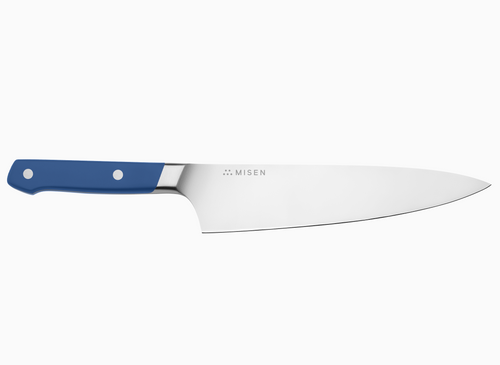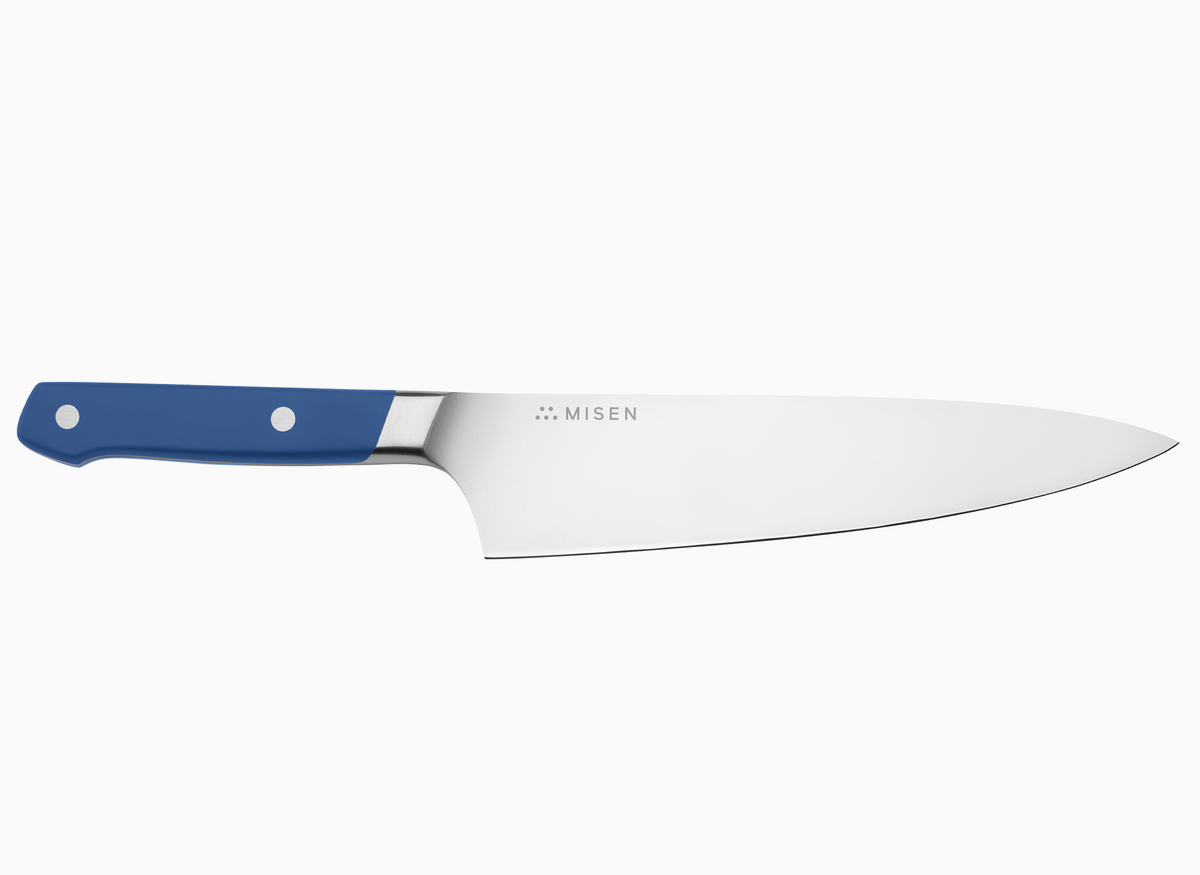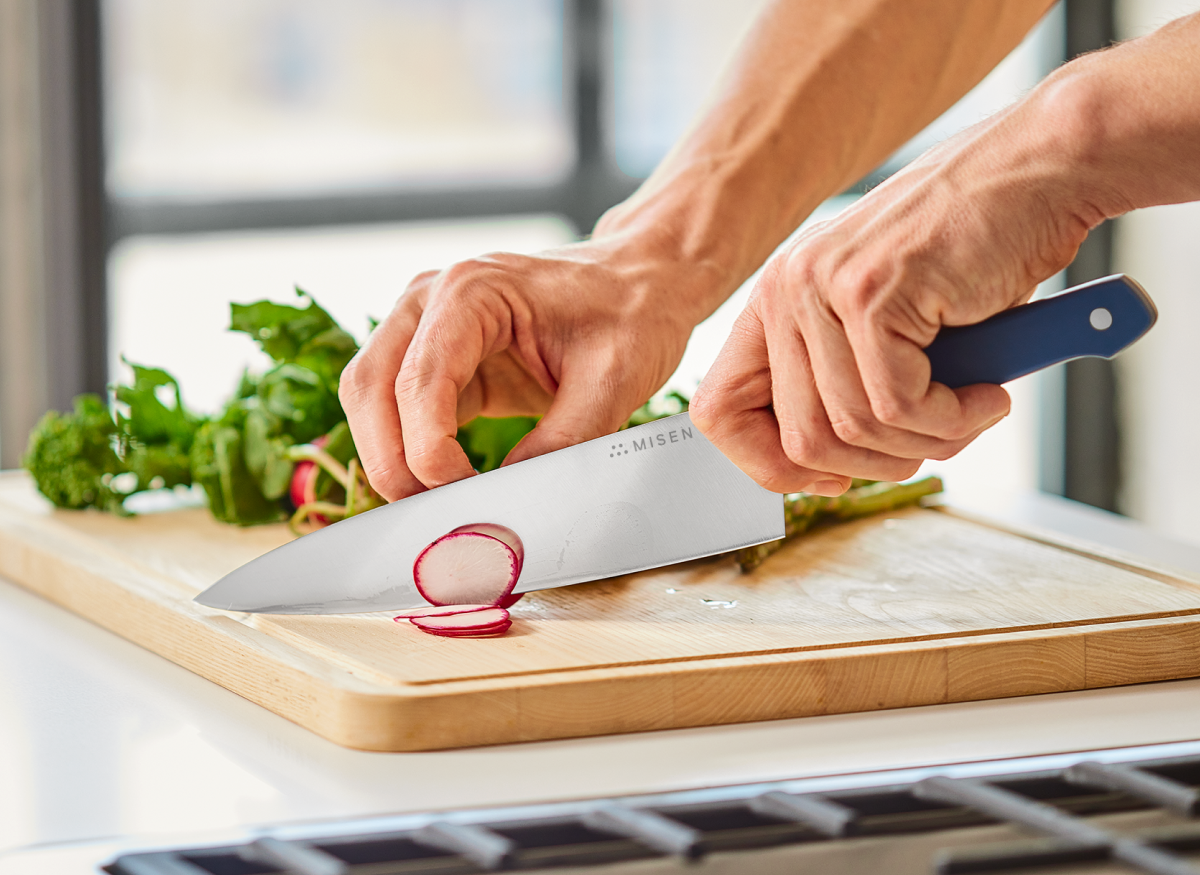The Essential Guide to Paring Knives: Precision in Your Kitchen

Paring knives are indispensable tools in any kitchen, offering precision and versatility for intricate culinary tasks. This comprehensive guide explores the history, types, and essential techniques of paring knives, empowering you to make the most of this compact yet powerful kitchen companion.
Introduction to Paring Knives
Definition and Key Characteristics
Paring knives are small, versatile kitchen tools characterized by their compact size and sharp, pointed blade. Typically measuring between 2 to 4 inches in length, these knives are designed for precision work and intricate tasks. The blade is usually straight, although curved and serrated variations exist for specific purposes. Paring knives are lightweight and easy to maneuver, making them ideal for detailed cutting, peeling, and trimming. Their sharp tip allows for precise incisions, while the short blade provides excellent control for delicate tasks[1].
Historical Evolution of Paring Knives
The paring knife's evolution is intertwined with the history of culinary arts and metallurgy. Originating from ancient flint tools, paring knives gained prominence in the Middle Ages as specialized instruments for intricate food preparation. The Renaissance period saw significant advancements in knife-making techniques, leading to more refined and durable paring knives. The Industrial Revolution brought about mass production, making these tools more accessible to home cooks. In the 20th century, the introduction of stainless steel revolutionized paring knife design, enhancing durability and ease of maintenance.
Importance in Culinary Applications
The paring knife's importance in culinary applications stems from its unparalleled versatility and precision in handling small, delicate tasks. Its compact size makes it an indispensable tool for intricate work that larger knives cannot accomplish efficiently. In fruit and vegetable preparation, the paring knife excels at peeling, hulling, and coring. For protein preparation, its nimble nature makes it ideal for trimming fat, removing silverskin from meat, and deveining shrimp. In herb preparation, the paring knife's small size facilitates the removal of leaves from woody stems and the fine chopping of delicate herbs without bruising[1].
Types of Paring Knives
Classic Straight-Edge Paring Knife
The classic straight-edge paring knife is the quintessential tool for precision work in the kitchen. Typically measuring between 3 to 4 inches in length, this knife features a short, sharp blade with a pointed tip, making it ideal for intricate tasks that require finesse. The straight edge allows for clean, precise cuts, while the compact size enables excellent control and maneuverability. When peeling with a straight-edge paring knife, users often employ a unique technique, holding the fruit or vegetable in their non-dominant hand and peeling towards themselves with the knife in their dominant hand[2].
Sheep's Foot and Bird's Beak Variations
While the classic straight-edge paring knife is versatile, two specialized variations offer unique advantages for specific tasks. The sheep's foot paring knife features a completely straight blade that runs flush with the handle's edge, resemblinga miniature santoku. This design provides enhanced stability and precision, particularly useful for creating uniform slices and minimizing waste when peeling produce. In contrast, the bird's beak (or tourné) paring knife boasts a distinctively curved, beak-like blade. This unique shape excels in tasks requiring intricate cuts or carving, such as creating decorative garnishes or performing the classic French tourné technique.
Serrated Paring Knives and Their Uses
Serrated paring knives, often overlooked in favor of their straight-edged counterparts, offer unique advantages that make them indispensable in certain culinary tasks. These diminutive blades, typically measuring around 3-4 inches, feature a saw-like edge that excels at cutting through foods with tough exteriors and soft interiors. The serrated edge's sawing motion effortlessly slices through the resilient skin of citrus fruits and tomatoes without crushing the delicate flesh beneath, resulting in clean, precise cuts.
Essential Paring Knife Techniques
Proper Grip and Handling for Precision
Mastering the proper grip and handling of a paring knife is crucial for achieving precision in culinary tasks. Two primary grips are employed: the handle grip and the blade grip. The handle grip, where the entire hand rests behind the bolster on the handle, is typically used by beginners or those with smaller hands. In contrast, the blade grip is preferred by experienced cooks. This technique involves placing the thumb and forefinger in front of the bolster directly on the blade, providing superior control and balance[3].
Peeling and Paring Fruits and Vegetables
Peeling fruits and vegetables with a paring knife requires a unique technique that maximizes precision and control. Hold the knife with the blade facing towards you, wrapping three or four fingers around the handle. Rest your thumb on the fruit or vegetable for stability, then push the blade towards yourself, removing the skin in smooth, continuous motions. This method allows for greater accuracy than using a vegetable peeler, especially with irregularly shaped produce[4].
Detailed Cutting and Scoring Techniques
Mastering detailed cutting and scoring techniques with a paring knife elevates culinary precision. For intricate cuts, like creating decorative garnishes, hold the knife with a firm grip and use controlled, shallow strokes to carve delicate patterns into fruits or vegetables. When scoring bread dough, employ light, decisive cuts at a 45-degree angle, allowing for controlled expansion during baking. For meat scoring, make shallow, diagonal incisions across the surface to promote marinade absorption and achieve a crispier texture when cooked[2].
Versatile Applications in the Kitchen
Intricate Fruit and Vegetable Preparation
The paring knife's compact size and sharp tip make it indispensable for intricate fruit and vegetable preparation. When peeling, a unique technique is employed: hold the produce in your non-dominant hand while gripping the knife firmly in your dominant hand, peeling towards yourself with your thumb guiding the item. This method offers superior control for delicate skins like apples, potatoes, and kiwis. The knife's precision shines in coring and deseeding tasks. Create a cone-shaped cut to remove strawberry hulls, or use the sharp tip to flick seeds out of lemons effortlessly.
Deveining Shrimp and Removing Seeds
The paring knife's precision and maneuverability make it an ideal tool for deveining shrimp and removing seeds from various fruits and vegetables. When deveining shrimp, the knife's sharp tip allows for a shallow incision along the back, exposing the vein without damaging the delicate flesh. For seed removal, the paring knife's small size offers excellent control when working with produce like peppers, melons, and squash.
Garnishing and Creating Decorative Elements
The paring knife's precision and maneuverability make it an invaluable tool for creating intricate garnishes and decorative elements that elevate the visual appeal of dishes. Its small, sharp blade allows for precise cuts essential in crafting delicate garnishes like lemon twists or tomato roses, ensuring each element is perfectly shaped and sized. The knife's agility enables the creation of complex designs, such as detailed vegetable carvings or decorative fruit segments, that would be challenging to achieve with larger knives[5].
Selecting and Maintaining Your Paring Knife
Key Features to Consider When Choosing a Paring Knife
When selecting a paring knife, several key features deserve consideration. Blade material is paramount; high-quality steel offers exceptional sharpness and durability. The handle's design significantly impacts comfort and control; straight handles generally provide better maneuverability for paring knives, especially during in-air work. A full tang construction enhances durability and balance, with the center of balance ideally positioned where the blade meets the handle. The knife's weight is crucial; a lighter knife facilitates extended use for intricate tasks performed away from the cutting board[6].
Proper Care, Cleaning, and Storage Methods
Proper care of paring knives begins with meticulous cleaning. After use, wash the knife by hand with warm water and mild dish soap, avoiding harsh detergents that could damage the blade. Dry the knife immediately with a soft cloth to prevent water spots and potential corrosion. Store paring knives safely on a magnetic strip or in a knife block, never loose in a drawer where the edge could be damaged. When using a cutting board, opt for wood or soft plastic to preserve the blade's sharpness.
Sharpening Techniques for Optimal Performance
Maintaining the sharpness of your paring knife is crucial for optimal performance and safety in the kitchen. While professional sharpening is recommended for high-quality knives, regular honing at home can help maintain the blade's edge between professional sharpenings. To hone your paring knife, use a honing steel and maintain a 15-20 degree angle while gently dragging both sides of the blade across the rod. It's important to strike a balance with honing frequency; once every few uses or when you notice a decrease in cutting performance is ideal, as excessive honing can lead to unnecessary wear on the blade[7].
Conclusion
The paring knife is a versatile and indispensable tool in any kitchen, offering precision and control for a wide range of culinary tasks. From intricate fruit and vegetable preparation to creating stunning garnishes, this compact knife proves its worth time and time again. By understanding the different types of paring knives, mastering essential techniques, and properly maintaining your knife, you can elevate your culinary skills and tackle even the most delicate kitchen tasks with confidence.
For those looking to add a high-quality paring knife to their kitchen arsenal, consider our precision-crafted paring knife. Its ergonomic design and razor-sharp blade make it perfect for all your detailed cutting needs.
Ready to explore our full range of premium kitchen knives and tools? Shop Now and discover the difference that quality craftsmanship can make in your culinary journey.
- Paring knives are essential for precision tasks in the kitchen, offering versatility in a compact size.
- Different types of paring knives, including straight-edge, sheep's foot, and bird's beak, cater to specific culinary needs.
- Proper grip and handling techniques are crucial for maximizing the paring knife's effectiveness and safety.
- Paring knives excel in intricate fruit and vegetable preparation, deveining shrimp, and creating decorative garnishes.
- Regular maintenance, including proper cleaning, storage, and sharpening, ensures optimal performance and longevity of your paring knife.
- https://www.cozymeal.com/magazine/what-is-a-paring-knife-used-for
- https://www.escoffier.edu/blog/recipes/paring-knife-101/
- https://www.seriouseats.com/knife-skills-how-to-hold-a-knife
- https://www.wikihow.com/Use-a-Paring-Knife
- https://infinityknifeco.com/blogs/news/what-is-a-paring-knife-used-for
- https://www.curated.com/journal/3287000/an-expert-guide-to-paring-knives
- https://www.usatoday.com/story/money/problem-solved/2023/09/08/how-to-sharpen-knives/70769980007/








